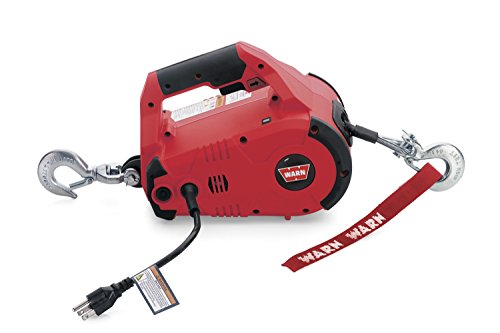Front wheel oscillation, is like any other oscillation... regardless of wether it's an electrical, mechanical, hydraulic, pneumatic, political, staticstical mathematic, or gastric situation, it comes back to very simple elements: A*F*P.
Amplification
Feedback
Phase shift
Amplification is the creation of a greater output response to a smaller input response. This is obvious in say... a guitar amplifier, In the case of a pneumatic or hydraulic system, it's a small valve having control over a much larger pressure... like when you put four pounds of pull the lever on a backhoe, and it causes the dipper to swing into a pile of soil with a force of several tons. In the case of a motorcycle, amplification is what happens when you apply a little push on a handlebar, and a very large, heavy motorcycle is pushed to a different position.
Feedback is what happens when the output of the amplified signal, finds it's way back INTO the input. In the case of a guitar amp, it's when those four 12" speakers are facing the front of the guitar, and the sound pressure is shaking the instrument. In the case of a hydraulic or pneumatic system, it's what happens when the machine's output causes something to affect that valve... like when the backhoe dipper hits that dirt pile, it causes the machine to bounce, jostling the operator, thus, causing the valves to be unsteady. In the motorcycle, it's a result of the turning of the handlebars CHANGING the angle of the tire tread, and the ground. Remember- the front end of a motorcycle is not a vertical tube, and the tire is not directly pivoting on a vertical axis... there is rake (lean of the steering tube) and trail (amount that the wheel's axle is placed forward of the steering head's pivoting axis). Because of that geometry, when you push the handlebar to one side, several things happen- first is that the tire contact point is no longer in the 'center' of the tire tread, it is now to one side. The motorcycle begins to turn a radius, because at that steering angle, the motorcycle's center-of-gravity is now offset to one side of the motorcycle's centerline. In a steep turn, your tire contact patch is on the sidewall, and as your tire size gets larger, that contact patch moves FURTHER off the centerline. With the rake and trail, the chassis would normally cause the tire to tend to want to 'steer' itself back upright (which is why you can hop off a running motorcycle, and it might go on for MILES, rather than fall over). It is 'feedback' to steering input is very dependant upon that rake and trail... head tube angle, axle offset, and finally, fork length.
Phase shift... which is in very short... a delay in response. In the guitar amplifier, phase shift in that feedback is caused by the time-deal of sound traveling from the speakers, to that guitar... as the distance between speaker and guitar increase, the amount of 'phase shift' changes. In the case of our backhoe, if the feedback (jarring of the machine) occurred in the same direction as the machine jerking, there'd be a net phase shift of zero, hence, no possibility for feedback... but if the jerking was delayed, and in something other than a totally cancelling angle, it would generate substantial oscillation.
Your handlebar wobble can be attributed to many things. The first things I'd check, are tire pressures (changes rake and trail) then fork slider and swingarm bushings, check fork oil, and make certain you don't have loose head tube bearings, loose engine/chassis mounting bolts. Next is to make sure your tires aren't worn thin in the middle, and/or heavily rounded or flattened up front. Make certain you don't have one warped brake disk, or one rotor that likes to stick. Make sure you don't have loose wheel bearings at EITHER end.
When a bike likes to wobble, it's not unusual for that wobble to to go away after the motorcycle's rear-end load has been reintroduced. When riding, if it wobbles, move your weight forward, over the front wheel... it will usually clear up.












